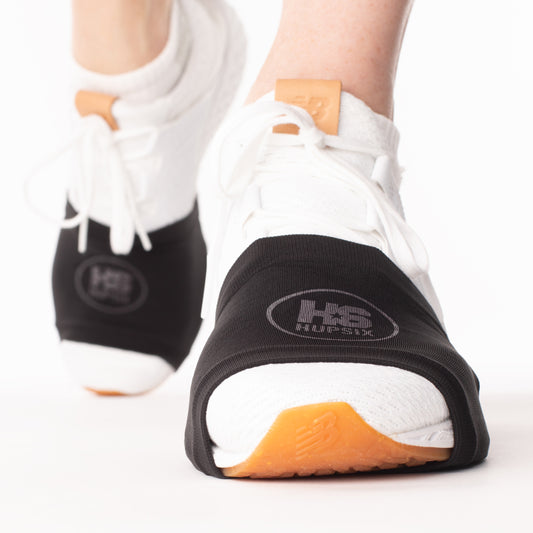
Is Pilates Enough Exercise to Lose Weight?
Quick Answer: Yes, Pilates can help with weight loss — because any movement that burns calories contributes to a calorie deficit. But here’s the part most people miss: weight loss is not just about burning calories. It’s about building the kind of fitness that keeps weight off for the long haul. That comes from consistent cardio, not just core work.
What Pilates Actually Does
Pilates was never created as a fat-loss method. It started as rehab — strengthening the core, improving posture, and helping dancers and athletes recover from injuries. Those benefits are real. Pilates builds body awareness, mobility, and stability, which makes other workouts safer and more effective.
When it comes to weight loss, Pilates can:
- Burn calories during class (though fewer than running or cycling)
- Improve posture so you look leaner
- Support lean muscle, which helps metabolism slightly
- Keep you consistent, because it feels good and reduces pain
All valuable. But here’s the catch: even advanced Pilates doesn’t usually get your heart rate into the moderate-to-vigorous zones long enough to create the cardiovascular adaptations linked to long-term weight control.
What We Found When We Tested Pilates
We strapped on Garmin HRM-Pro Plus chest-strap monitors for two classes at Club Pilates:
- Intro Class (30 minutes): 0 minutes in moderate or vigorous cardio zones.
- Level 1.5 “Cardio Sculpt” (60 minutes): 10 minutes moderate, 1 minute vigorous — and that was with us pushing flat-out for the full hour. My heart rate never broke 111 bpm.
How accurate is that? Pretty accurate. Unlike wrist wearables, chest straps measure your heart’s electrical signals directly, making them the gold standard outside of a lab test. So while results can vary by class, instructor, and effort, these numbers give a clear picture: Pilates feels like a workout, but it rarely delivers the sustained zone-time your heart needs for fat loss and long-term health.
Why Cardio Still Matters for Weight Loss
Research from Dr. Kenneth H. Cooper and the Cooper Institute proves it: people with higher aerobic fitness live longer, perform better, and manage weight more effectively. Cardio isn’t just about “burning calories.” It changes how your heart, lungs, and cells process energy — making fat loss easier and more sustainable.
That’s why the CDC recommends 150 minutes of moderate or 75 minutes of vigorous cardio each week. Vigorous counts double, so short, intense workouts can deliver huge returns. Pilates rarely hits those zones.
The Smart Way to Use Pilates
Pilates is worth keeping in your routine. It’s a great accessory workout:
- Protects your back and joints
- Strengthens your core
- Improves mobility and balance
But for weight loss? You’ll get the fastest, most lasting results by pairing Pilates with cardio that consistently gets your heart pumping.
Where HupSix Fits
If you love Pilates but need the missing cardio, that’s where HupSix comes in:
- Proven cardio output: A 30-minute HupSix class often logs ~13 minutes moderate + 15 minutes vigorous on a Garmin chest-strap. Since vigorous counts double, that’s ~43 minutes of cardio in half an hour.
- Fun and sustainable: Original rock music, structured rounds, and patented gear keep you engaged.
- Compact and convenient: Takes up the space of a yoga mat, packs into a handbag. Perfect at-home pairing with Pilates.
It’s treadmill-level cardio — without the treadmill.
Bottom Line
Yes, Pilates can help with weight loss — but not because it’s magic. It burns calories and supports your body, but it won’t give you the cardio your heart and metabolism need for long-term fat loss. Combine Pilates with consistent cardio, like running, cycling, or HupSix, and you’ve got the complete package.
Get the Gear and see how 30 minutes of HupSix delivers the cardio Pilates is missing.


